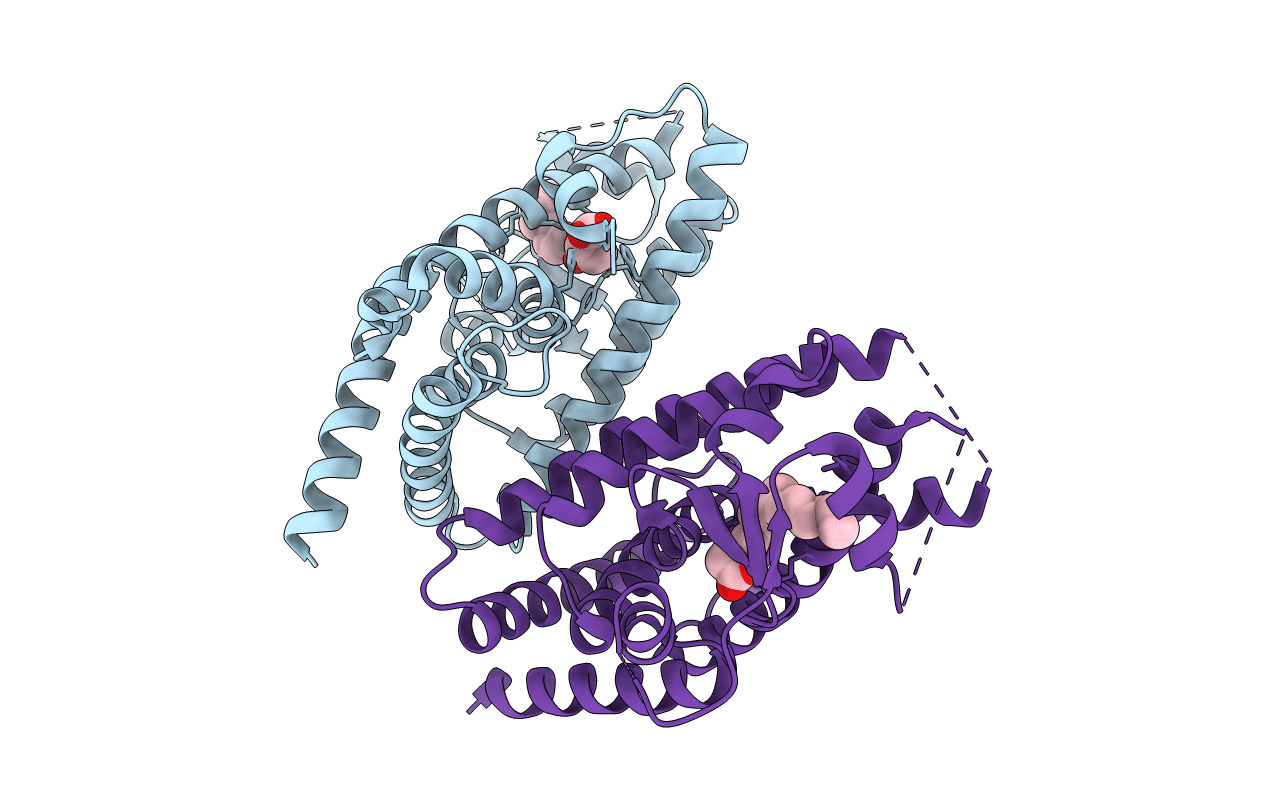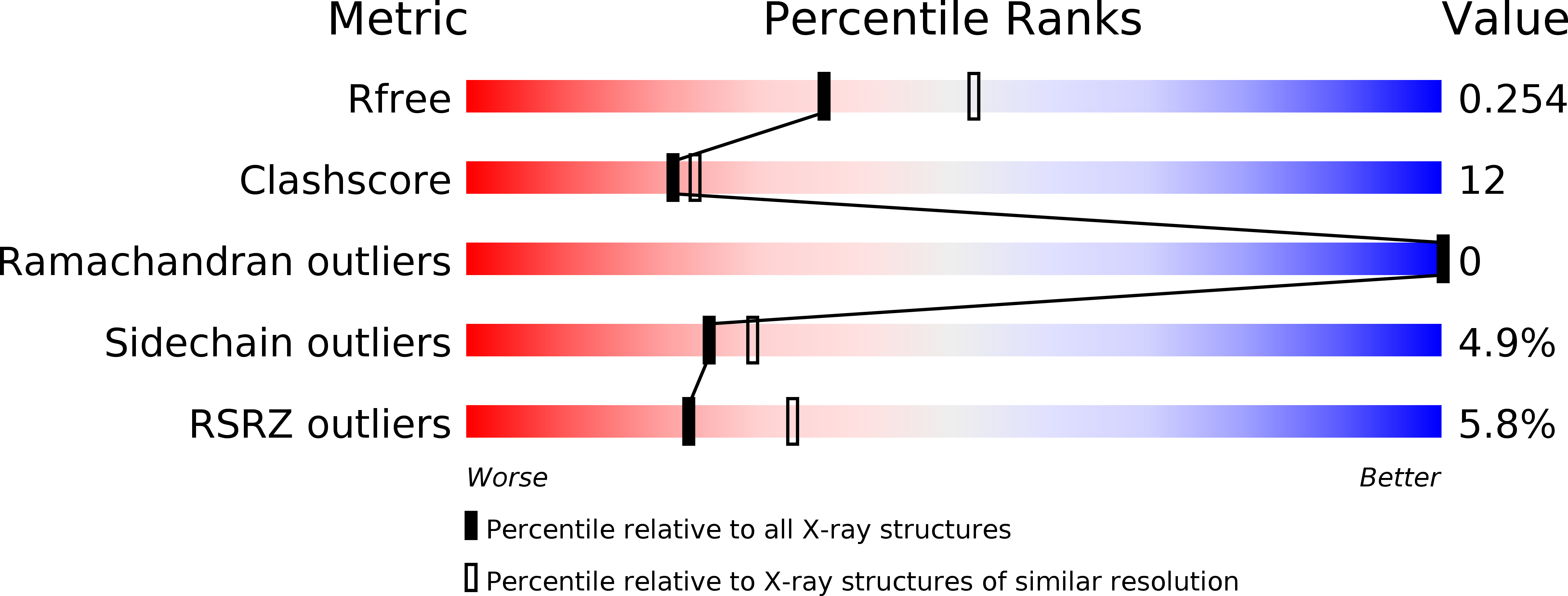
Deposition Date
2008-06-02
Release Date
2008-08-19
Last Version Date
2024-11-20
Method Details:
Experimental Method:
Resolution:
2.35 Å
R-Value Free:
0.25
R-Value Work:
0.22
R-Value Observed:
0.22
Space Group:
C 1 2 1


